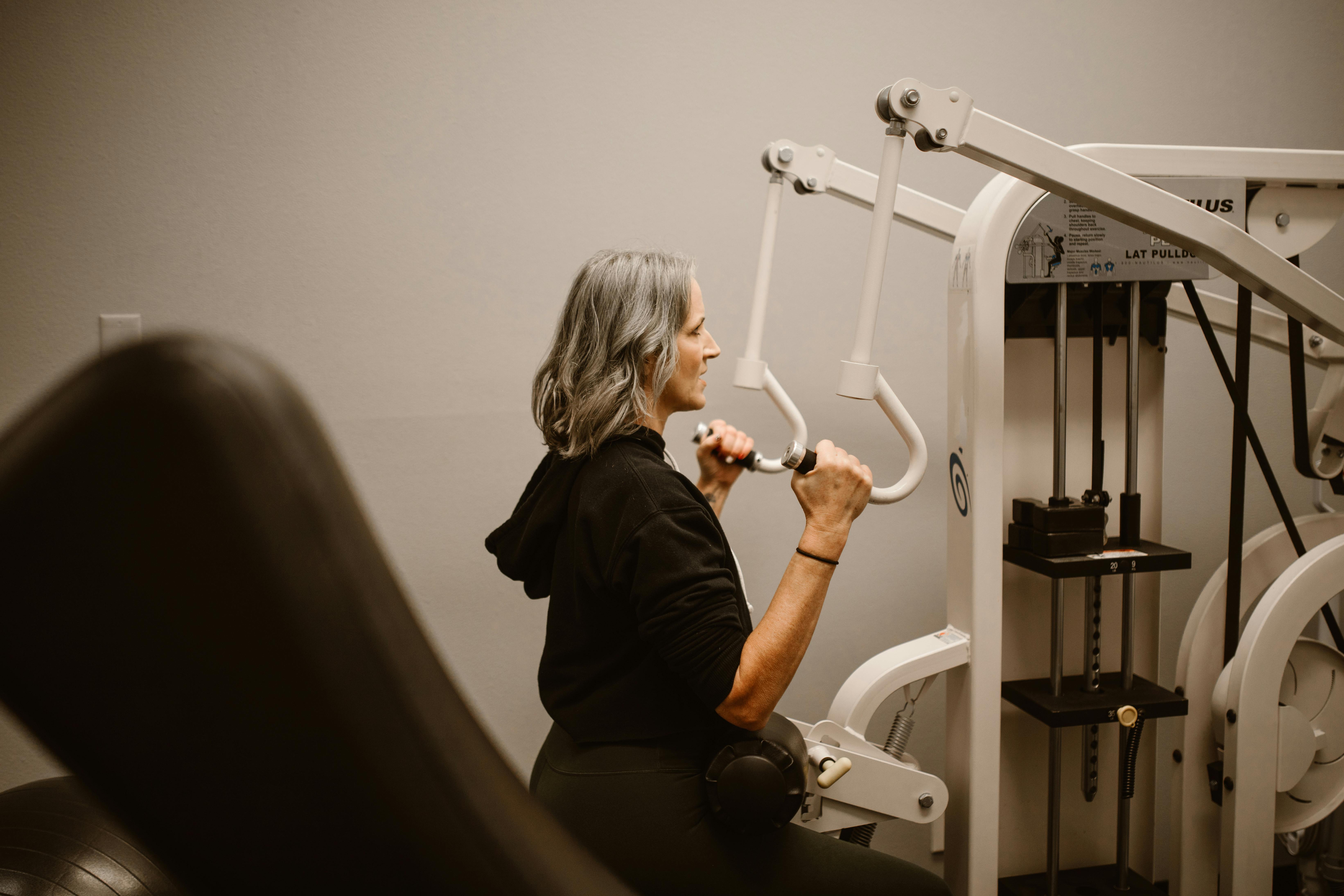Best 5 Ways to Get Bigger Forearms and Enhance Grip Strength
Having well-developed forearms is not just about aesthetics; it plays a crucial role in overall arm strength and functionality. Strong forearms enhance grip strength, which is essential for various physical activities, from weightlifting to everyday tasks. This article will explore the best methods to build forearm muscles effectively, including forearm exercises and workout routines designed to maximize muscle growth and grip power.
With a structured approach, you can increase forearm size significantly and boost your grip strength. We will delve into various aspects of forearm training, including workout frequency, isolation techniques, and nutrition tips. By the end of this article, you will have a comprehensive understanding of how to get bigger forearms and practical strategies to achieve your goals.
Key takeaways from this guide include:
- Effective forearm exercises to incorporate into your routine.
- The significance of grip strength in overall fitness.
- Insights into forearm muscle anatomy and functionality.
- Nutrition tips to promote muscle growth and recovery.
- Common mistakes to avoid in your forearm training.
Essential Forearm Exercises for Muscle Growth
To truly understand how to get bigger forearms, it’s essential to focus on targeted exercises that promote muscle hypertrophy. Incorporating the right forearm exercises will help you maximize muscle gain and endurance.
Wrist Curls for Size
Wrist curls are a classic exercise that effectively targets the forearm flexors. This exercise can be performed with dumbbells or a barbell. By using a supinated grip (palms facing up), you engage the muscles to lift the weight through a full range of motion.
To perform wrist curls:
- Sit on a bench, resting your forearms on your thighs.
- Hold a dumbbell in each hand, letting your wrists hang over your knees.
- Slowly curl the weights upward, squeezing your forearms at the top.
- Lower the weights back down and repeat for 3 sets of 10-15 reps.
This exercise not only develops the flexor muscles but also improves grip strength significantly, making it an essential part of any forearm workout routine.
Forearm Farmer's Walk
The forearm farmer's walk is an excellent compound movement that engages multiple muscles while significantly improving grip strength. This exercise mimics carrying heavy loads, enhancing functional strength.
To execute this exercise:
- Choose a pair of heavy dumbbells or kettlebells.
- Stand upright with weights at your sides and shoulders back.
- Walk a predetermined distance or for a specific time, maintaining proper posture.
Incorporate the farmer’s walk into your forearm training to see improvements in grip endurance and muscle size.
Bodyweight Forearm Exercises
Bodyweight exercises can also be effective in building forearm strength. Simple movements like push-ups and pull-ups engage the forearm muscles when performed correctly.
To intensify the emphasis on forearms during push-ups:
- Adjust your grip by performing knuckle push-ups or diamond push-ups.
- Focus on stabilizing and controlling the descent to engage more forearm muscles.
Utilizing bodyweight exercises not only enhances forearm strength but also contributes to overall upper body stability and resilience.
Forearm Workout Routine for Maximum Growth
To see significant results, consistency is key. Developing a structured forearm workout routine can help you track progress and ensure you're targeting all necessary muscle groups effectively.
Weekly Training Frequency
Incorporate forearm training into your weekly workout schedule, aiming for 2-3 sessions per week. You can distribute your forearm exercises throughout your upper body workouts to maximize efficiency.
For example, dedicate one day to isolation movements like wrist curls, and another to compounding exercises like the farmer's walk. Mixing in bodyweight variations can enhance muscle endurance and flexibility.
Progressive Overload Technique
To ensure continued muscle growth, implement progressive overload by gradually increasing the weights or resistance used in your workouts. Track your progress in a log, adjusting weights or repetitions as needed.
A tailored program focused on gradually increasing volume and intensity can lead to significant gains in forearm size and strength over time.
Recovery and Nutrition Tips
Recovery is critical in any strength training regimen. Ensure you provide your forearm muscles with adequate recovery time. Consider the following strategies to enhance your recovery:
- Prioritize rest days between forearm workouts.
- Integrate forearm-specific stretches post-training to maintain flexibility.
- Optimize nutrition by ensuring a balanced intake of protein, carbohydrates, and essential vitamins to support muscle growth.
Nutrition advice includes maintaining adequate hydration levels and consuming high-quality protein sources to enhance muscle repair and growth.
Best Practices for Safe Forearm Training
Injury prevention is vital during forearm training. Understanding the common pitfalls and safe lifting practices can ensure a more productive training experience.
Avoiding Overtraining
Overtraining can lead to fatigue and injuries, ultimately hindering progress. To prevent this, pay attention to your body's signals and adapt your workout frequency and intensity accordingly. Allow at least 48 hours between intense forearm training sessions.
Warm-Up for Forearm Muscles
Warm-up routines significantly impact performance and injury prevention. Dynamic stretches targeting the forearms and wrists can help prepare the muscles for lifting. Consider simple wrist rotations and flexor stretches before starting your workouts.
Smart Training Methods
Mix functional exercises that mimic lifting patterns and everyday movements into your forearm training, complementing traditional weightlifting techniques. This variety helps build a well-rounded grip strength foundation that supports sports performance and daily activities.
Q&A: Common Questions About Forearm Training
What are the best forearm exercises for beginners?
Beginners should focus on simple yet effective movements such as wrist curls, bodyweight push-ups, and forearm farmer's walks. Starting with lighter weights and gradually increasing intensity will help build a strong foundation.
How often should I train my forearms?
Training forearms 2-3 times a week is recommended, giving ample recovery time between sessions. This frequency allows for muscle growth without overtraining.
Can grip strength improve with specific exercises?
Absolutely! Exercises like the farmer's walk, dead hangs, and wrist curls are excellent for increasing grip strength. Consistent practice with these movements will yield noticeable improvements.
Are isolation movements necessary for forearm development?
While isolation movements for forearms—like wrist curls—are beneficial, including compound movements such as pull-ups and bench presses will also engage the forearms and promote overall muscle growth.
What is the role of nutrition in forearm muscle growth?
A balanced diet rich in protein and essential nutrients is vital for muscle recovery and growth. Emphasize hydration and consume post-workout meals that include quality protein sources for optimal results.


